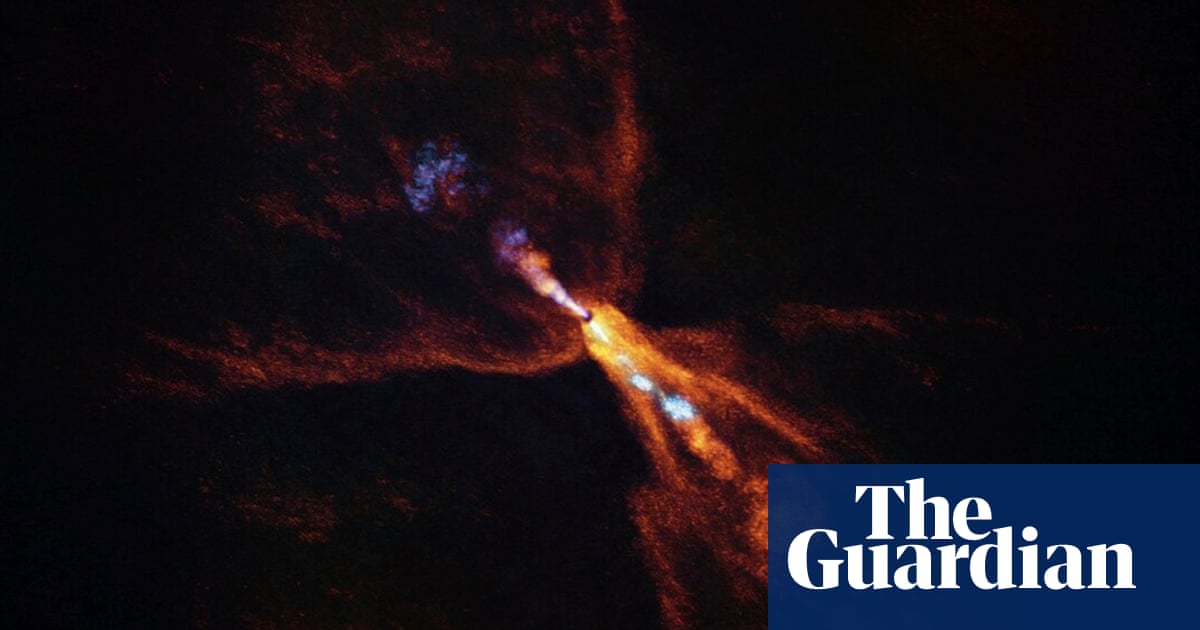T4K3.news
New study reveals how lightning forms in thunderclouds
Researchers at Penn State have uncovered the chain reaction that leads to lightning strikes.

A new study reveals the complex processes that lead to lightning strikes in thunderclouds.
Research uncovers the chain reaction that triggers lightning
A team of researchers led by Victor Pasko at Penn State has shed light on how lightning forms within thunderclouds. Published in the Journal of Geophysical Research, the study explains how strong electric fields accelerate electrons, which collide with nitrogen and oxygen molecules. This interaction produces X-rays and initiates a cascade of additional electrons and high-energy photons, ultimately resulting in lightning. The researchers utilized mathematical modeling to align their findings with real-world observations and created the Photoelectric Feedback Discharge model to simulate thundercloud conditions.
Key Takeaways
"Our findings provide the first precise, quantitative explanation for how lightning initiates in nature."
Pasko describes the significance of their research in understanding lightning initiation.
"We explained how photoelectric events occur, what conditions need to be in thunderclouds to initiate the cascade of electrons."
Zaid Pervez details the study's contribution to understanding lightning mechanisms.
"In our modeling, the high-energy X-rays generated by relativistic electron avalanches rapidly amplify these avalanches."
Pasko explains the importance of the modeling in linking X-rays to lightning creation.
This breakthrough offers a clearer understanding of lightning, a phenomenon that has intrigued scientists for centuries. By connecting electric fields and cosmic rays to lightning initiation, this research provides not only theoretical insight but practical implications for weather forecasting and safety measures during storms. The potential for improved storm prediction based on these findings may significantly enhance public safety, especially in areas prone to severe weather events.
Highlights
- Lightning may finally reveal its secrets to us.
- Science illuminates the complex origins of lightning.
- New study offers a deeper understanding of thunderclouds.
- Lightning initiation explained through powerful electric fields.
Potential public safety risks due to lightning
Understanding the mechanisms of lightning strikes is crucial for improving safety and prediction methods during storms. This research may help prevent disruptions and hazards caused by lightning, enhancing overall public awareness and preparedness.
The implications of this research could enhance our responses to thunderstorms.
Enjoyed this? Let your friends know!
Related News

Scientists uncover the process behind lightning formation

Study reveals earlier planet formation in the solar system

Scientists reveal six moons orbiting Earth

Astronomers discover rocky planet seeds in distant star system

332 Submarine Canyons Found in Antarctica

New findings reveal risks of Yellowstone supervolcano eruption

Research suggests maggots were part of Neanderthal diets

Astronomers discover life's building blocks in distant star's disk
